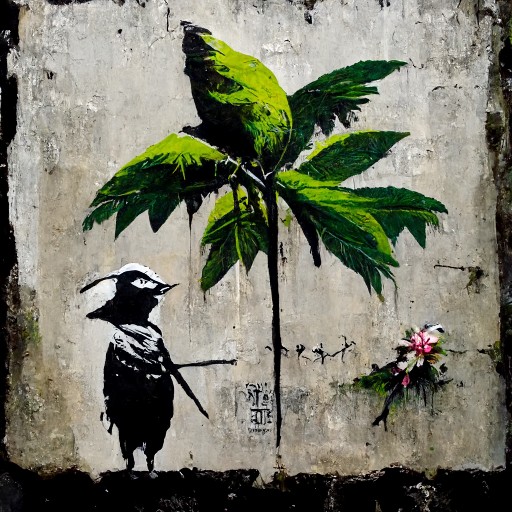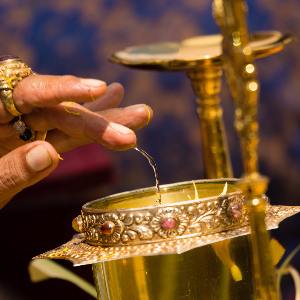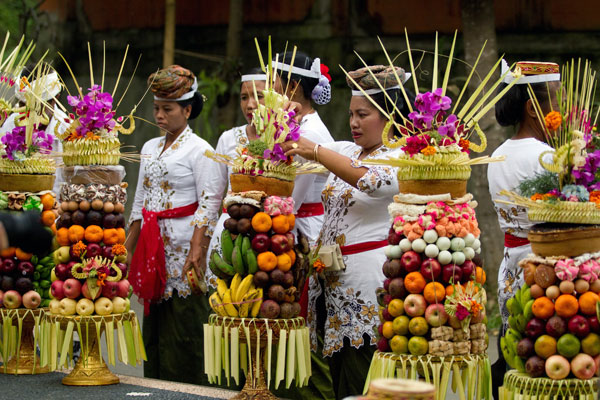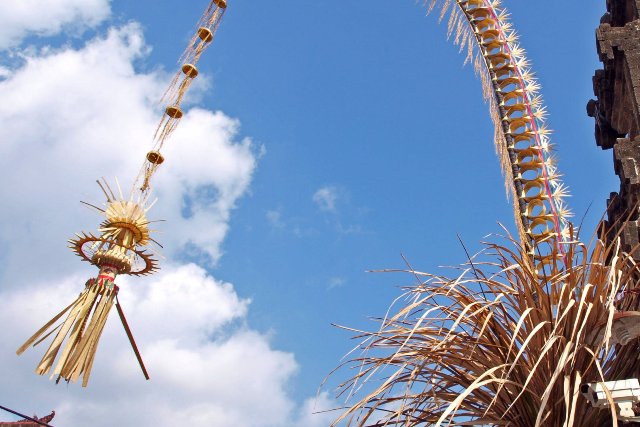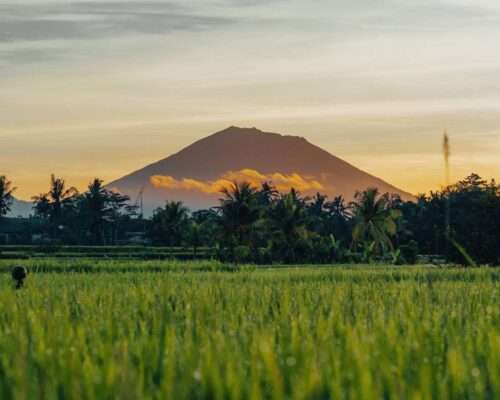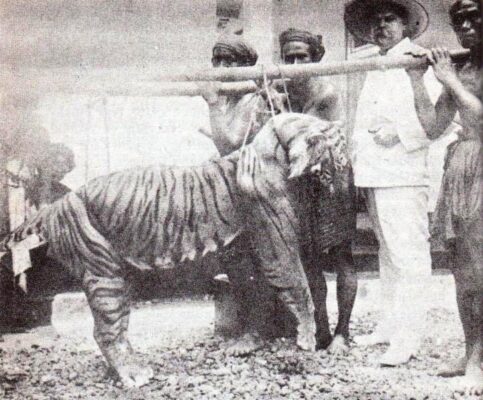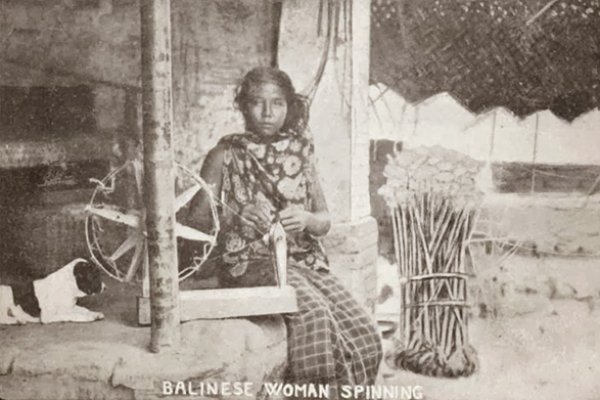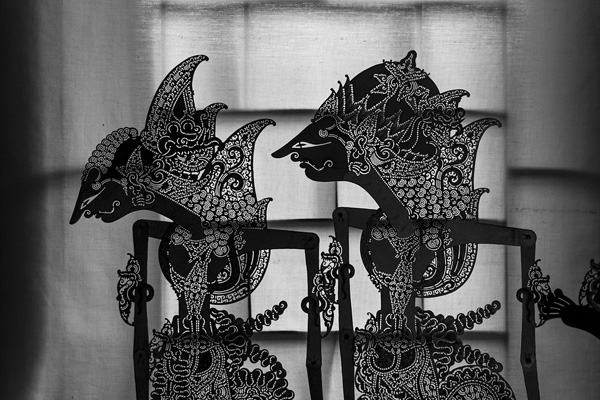Balinese names are designed to have an order
The Majapahit empire of Java introduced the Catur Warna caste system to Bali in the 14th century. The Balinese do not give the caste system the same weight that people in India do, but it has still left an indelible mark on Balinese customs and culture.
It resulted in the development of naming conventions that make it possible to identify a person’s social class, rank, or family tree just by looking at their name or title. The Balinese are able to distinguish between persons of different social standings because to the names they give to each group.
Name by birth-order is used for the lowest caste, for the anak jaba, traditionally regarded as the outsiders (living outside the palace), which accounts for roughly 95% of the Balinese population. Although historians believe that this system has been applied long before the cast system has been introduced.
Why do you find so many Mades and Wayans in Bali? Many of the Balinese share their first names
If you find the Balinese share very common or have similar names, it’s because a Balinese name will consist of three parts: a title, a birth order name, and a personal name, but does not include a family name. Most of the time we wouldn’t be referring to a Balinese person by their personal name.
Both boys and girls are given a birth order name that are common for each rank. These names may differ according to caste, regional customs, and changes in the Balinese language between the island’s north and south regions. This method is also employed in the western regions of Lombok, as well as in the neighboring islands of Nusa Lembongan, Nusa Penida, and Nusa Ceningan.
